15 Web-Footed Dog Breeds That You Need on Your Next Outdoor Adventure

Every outdoor enthusiast deserves a canine buddy for their adventures, whether it’s a hunting trip, a refreshing swim, or a hiking expedition. Even though all dogs enjoy these activities, some have an added advantage—webbed feet. Thanks to the extra layer of tissue between their paws, these dogs excel at swimming, water-hunting, and navigating wet terrains. So, if you crave outdoor fun, consider one of these 15 web-footed dog breeds for your next expedition!
Otterhound
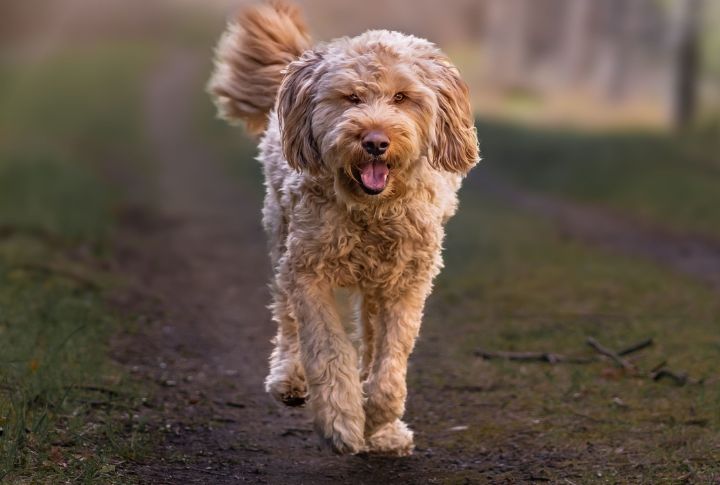
As their name suggests, Otterhounds were initially bred to hunt otters. While their original purpose has been outlawed, their hunting instincts are just as sharp. These pups are also agile swimmers, thanks to their webbed paws and strong shoulders. Despite being an affectionate family pet, otterhounds remain endangered, with less than 1000 left worldwide.
Poodle
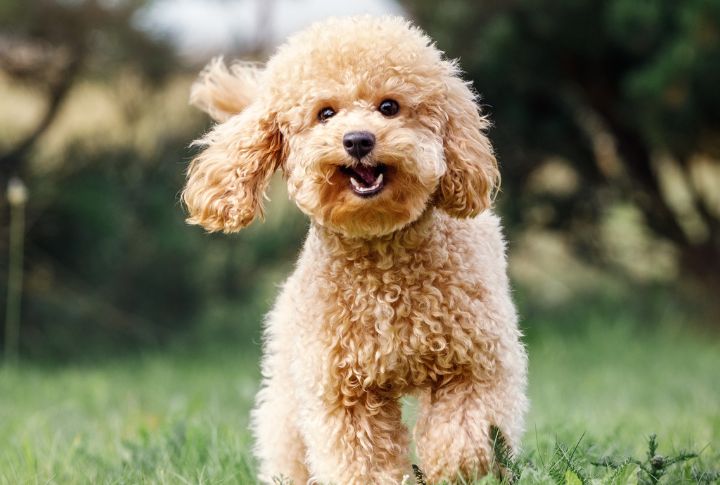
Poodles probably can certainly strut their stuff on a runaway, yet they also have webbed paws, which makes them formidable swimmers and duck hunters. In fact, the word poodle is from the German word “pudelin,” meaning to splash or swim. That’s because Poodles were bred for hunting waterfowl, and they are still a popular choice for hunters today.
Newfoundland
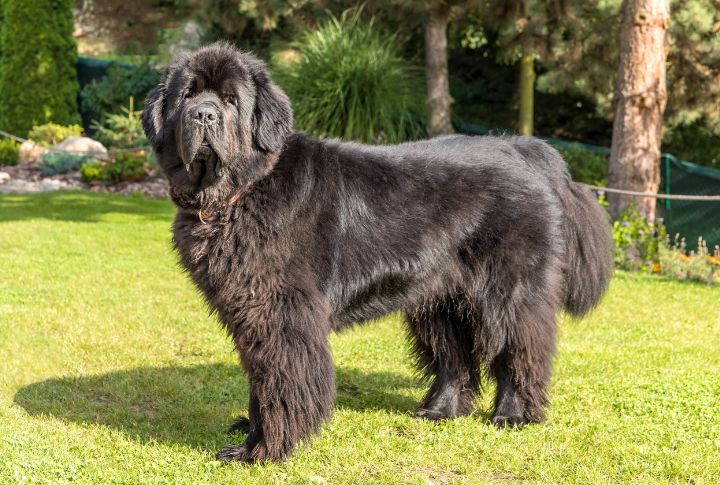
Thanks to their webbed paws, Newfoundlands are excellent water adventure assistants. These creatures are natives of the cold regions of Newfoundland in Canada, where they were bred to assist fishermen in retrieving nets, ropes and even shipwrecked sailors from icy waters. Now, they’re used as rescue dogs, lifeguards, and pets for folks who visit the beach often or have an indoor pool.
American Water Spaniel
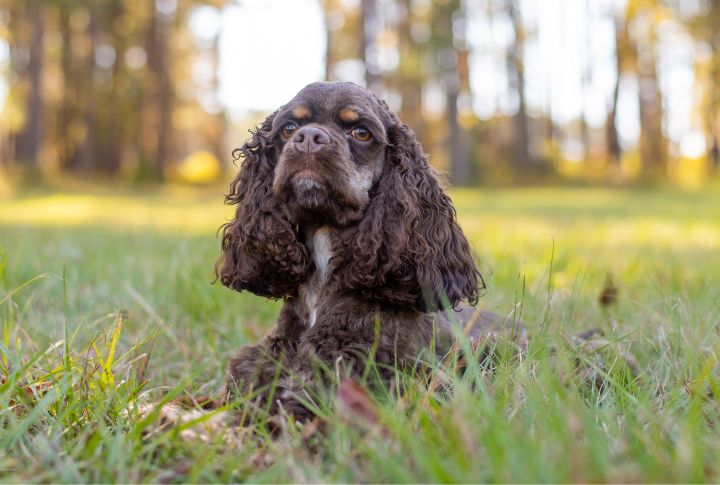
American Water Spaniels are proud American dogs originally bred near Wisconsin’s great lakes in the early 19th century. Often described as swimming like seals, these dogs make impressive hunting dogs with waterproof coats that insulate them in cold waters. And even if you’re not a fan of hunting or swimming, these dogs eagerly channel their helpful spirits elsewhere.
Portuguese Water Dog
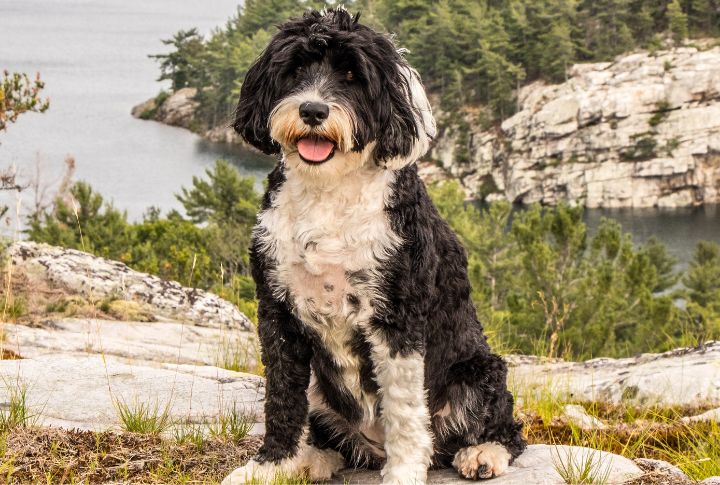
This breed is one of the most formidable swimmers on this list. Portuguese fishermen found them so helpful that they christened them “cão de água,” which means the dog of water. Not only did they help fishermen gather fish, retrieve items, and rescue drowning crew members, but they also delivered messages between boats as couriers!
Golden Retriever
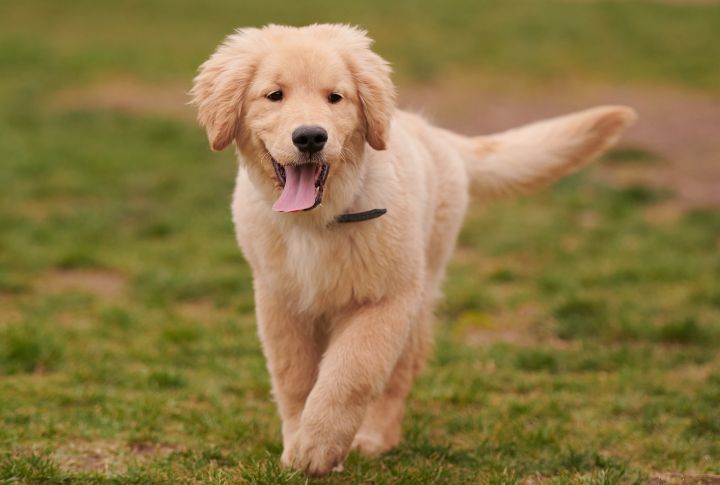
All retrievers have a layer of webbing between their toes, yet they aren’t just water lovers—they’re all-around outdoor enthusiasts ready to join in any family activity. Moreover, their quick minds and eagerness to please make it easy for them to train. This combination of smarts and obedience helps Golden Retrievers shine in dog shows and sports competitions.
Labrador Retriever

Labradors are an immensely affectionate breed that behaves well around other pets and small children. They excel in various roles, from therapy work to search and rescue. With their athletic abilities and love of the outdoors, these pups also thrive in active households and enjoy activities like swimming, hiking, and retrieving games.
Dachshund

Unlike other dogs on this list, you’ll need to keep an eye on Dachshunds, as they are better at deep diving and digging. These dogs were bred in Germany to hunt badgers and rabbits. So, even though they might not be the best swimmers, their digging and hunting skills deserve a solid A-plus.
Chesapeake Bay Retriever

As natives of the Chesapeake Bay in the US, these retrievers have adapted to swimming over the years. Their fur keeps them warm in icy waters, and their webbed feet are essential for swimming and duck hunting. As expected, this retriever also makes for a loyal, obedient dog suitable for families with kids and other pets—except ducks.
Redbone Coonhounds
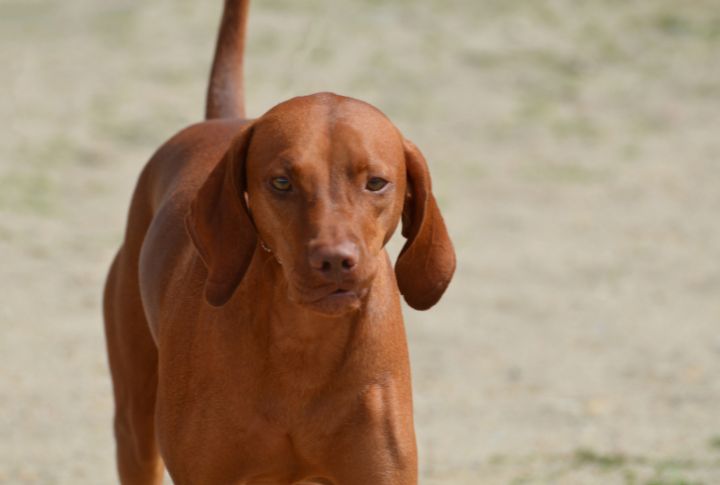
Imagine a dog with the stamina and appearance of an expert hunter. That’s what you’ll get with the Redbone Coonhound. These dogs don’t just have an affinity for vigorous activities like hunting and swimming; they also have a majestic mahogany coat that sets them apart from other dogs—a coat they owe to their foxhound ancestors.
German Wirehaired Pointer
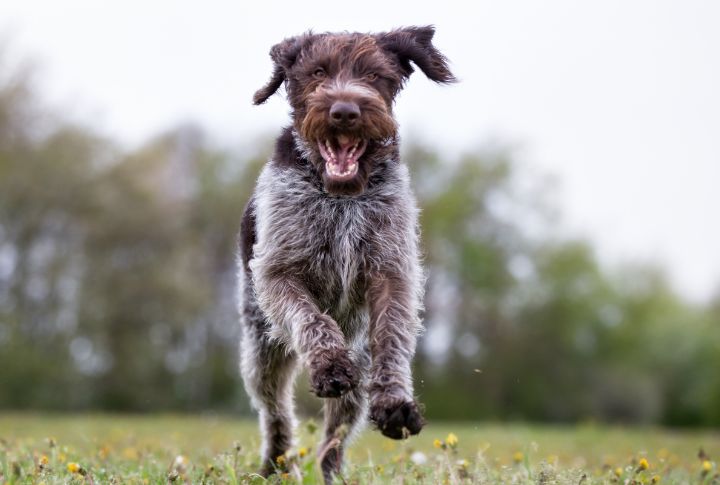
Bred in Germany as a hunting dog in the 19th century, this Wirehaired Pointer has lots of energy for any outdoor activity. Swimmers will love its water-resistant coat, and hunters can appreciate its impeccable sense of smell and speed. Wirehaired pointers also enjoy daily exercises and long walks, making them perfect hiking buddies.
Nova Scotia Duck Tolling Retriever
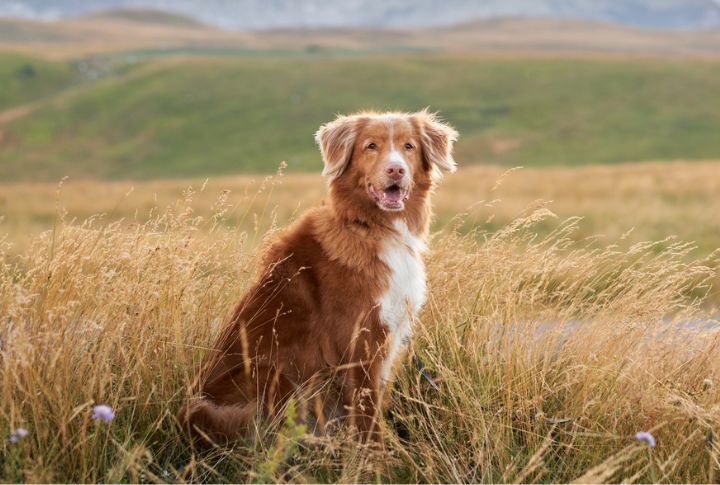
As you’ve guessed from the name, the Nova Scotia duck tolling retriever was bred primarily for duck hunting. With its webbed feet and thick waterproof coat, it can swim in cold temperatures, helping hunters lure and retrieve ducks. Even with no ducks to hunt, you can definitely redirect this hunting instinct into a fun game of fetch by the pool.
German Shorthaired Pointer
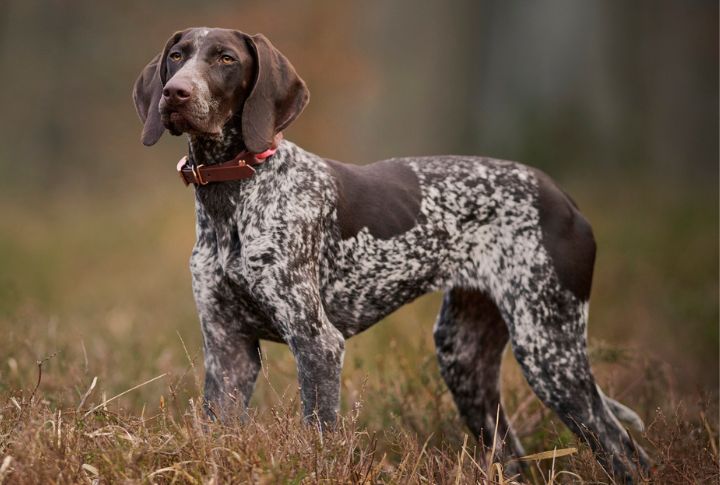
Like their Wirehaired cousins, Shorthaired Pointers are energetic hunting dogs with exceptional swimming abilities. Their sense of smell makes them great assistants on hunting expeditions, and their webbed feet are adaptable to any hiking terrain. The only difference between the two is their coat and size, as the Shorthaired Pointer is a slightly smaller and less furry breed.
Irish Water Spaniel
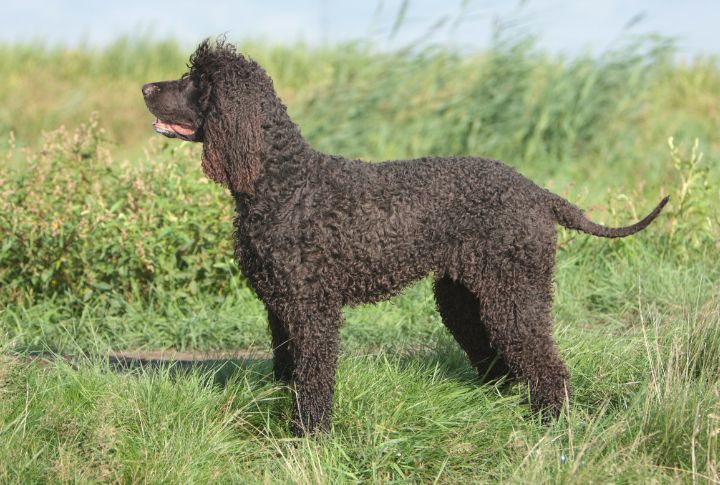
Don’t be fooled by its petite appearance—the Irish Water Spaniel is an energetic dog that loves to splash around, play fetch, and even dive underwater. It was developed in the 1830s in Ireland as a hunting dog and has remained a vibrant breed ever since. Just keep it occupied with fun activities, as it can be destructive and bark excessively when bored.
Weimaraner
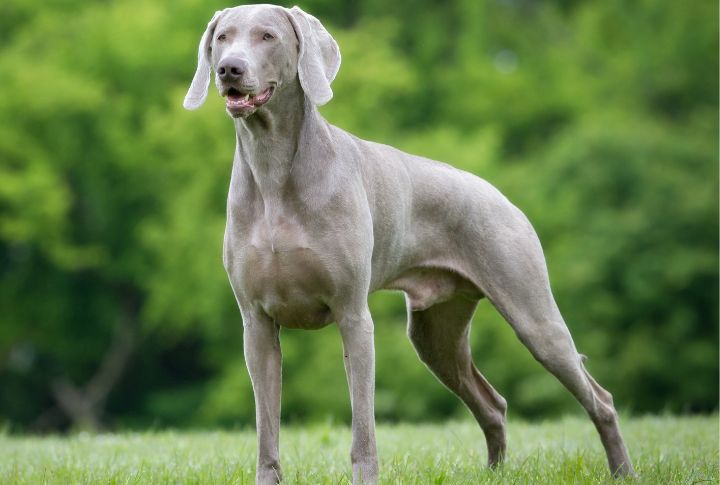
Finally, on this list are Weimaraners. Due to their long, sturdy legs and impressive sense of smell, they have been used for decades as hunting dogs and hiking buddies. A fun fact about these dogs: They were bred specifically for royalty in the 19th century, so that’s an ego boost for you, too.





